Timeless Hues
Pointe of Grace Dance Spring 2025 Showcase
Timeless Hues is a poignant contemporary ballet that unfolds the layered story of friendship, grief, and healing. Set against an ethereal soundscape and rooted in both Vaganova technique and modern influences, the piece follows the journey of three close friends whose connection is as vibrant and ever-shifting as a sunset—each hue representing a chapter in their shared story.
The piece opens with moments of lighthearted unity—synchronized phrases and mirrored movements that reflect the joyful harmony between the three dancers. Their bond is effortless, organic, and deeply intertwined. As the music shifts, subtle tensions begin to emerge, foreshadowing a sudden and tragic absence. One friend—whether by fate, distance, or loss—disappears, leaving behind an emotional void that fractures the once-unified trio.
In the aftermath, the choreography becomes more fractured. The two remaining dancers move through contrasting levels and directions, symbolizing the disorientation and sorrow that come with grief. Yet, within the sorrow, moments of reflection emerge—gestures once performed as a trio are revisited in duets, not as replacements, but as tender echoes of the friend they’ve lost.
As the piece nears its resolution, the movement becomes more expansive and intimate. The remaining friends, drawn together by shared memory and mutual healing, begin to find solace in each other’s presence. Their final duet is one of reconciliation and hope—not forgetting the one they lost, but carrying her with them in every arabesque and reach, as if painting her presence into the very air they dance through.
"Timeless Hues" is not just a tribute to friendship and loss—it’s a meditation on how love, even in absence, deepens the bonds that remain. The dancers embody not only grief but the resilience and quiet beauty that comes when hearts learn to beat in rhythm again.
Color in Shadow
Point of Grace Dance Spring 2025 Showcase
Color in Shadows is a visceral modern dance work that examines the tension between internal darkness and the vibrant, unseen strength that lies within. Drawing deeply from the Lester Horton technique, the choreography is rooted in strong, linear shapes, dynamic use of space, and expressive torso work that reflects both physical power and emotional vulnerability.
The piece begins in stark, geometric unison—echoing Horton’s disciplined foundation—as dancers move with control, as if bracing against invisible forces. These angular movements symbolize a world of internalized expectations, grief, or shame. But interspersed among the rigidity are fleeting bursts of color: a spiraling fall, a sudden contraction, a breath that breaks through the structure. These interruptions represent the emotional truths fighting for release.
As the work progresses, Horton’s influence evolves from static form into expansive energy. The dancers begin to break free from their solitary pathways, engaging in sweeping floor work, deep lunges, and high extensions that emphasize both resistance and release. The movement vocabulary demands stamina and clarity—hallmarks of Horton’s pedagogy—but within that structure, the performers find freedom.
A pivotal moment arises when one dancer, moving through a Horton-inspired combination of lateral stretches and deep contractions, initiates a ripple of transformation. The group begins to shift together—still grounded in the technique, but with increasing emotional transparency. Their lines soften, their spacing breathes. The once-muted world becomes rich with movement and connection.
“Color in Shadows” is a meditation on identity, grief, and rediscovery—where technique is not simply a foundation, but a voice. Through Horton’s powerful lens, the dancers confront their shadows and emerge not in spite of them, but because of them—proving that even in the darkest spaces, color survives.
